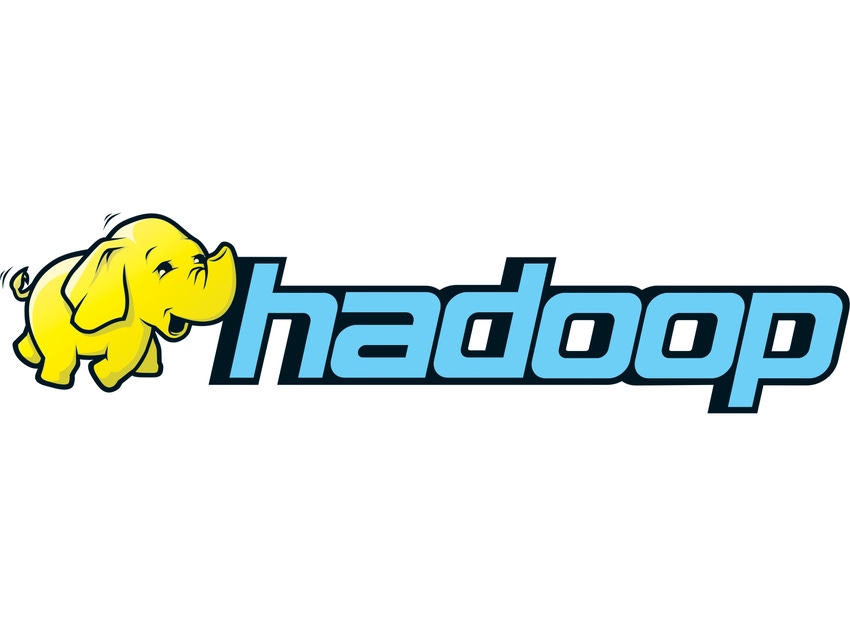If you're an MSP, you should understand how open source code can be leveraged to provide products or services that people are willing to pay for.

If you're in the managed IT services business, there's a good chance you use open source software to help deliver services to clients.
In order to make the most of open source, it's important to understand the different strategies that can add value to open source platforms.
In other words, if you're an MSP, you should understand how open source code – which is usually (but not always) given away for free – can be leveraged to provide products or services that people are willing to pay for.
This is a topic that has been central to the development of open source and free software since they emerged in the 1980s and developers who gave code away for free began thinking of ways to make money.
Open Source Business Models
Over the years, free and open source software developers have tried a number of different strategies for monetizing their software.
The main ones include:
Asking for donations. This might seem simplistic – few businesses thrive on a donation-based business model – but it can work. The GNU project, which is probably responsible for more free and open source software programs than any other organization, has sustained itself for more than three decades on donations alone.
Selling support services. Offering support for code that is given away for free is perhaps the most common way that open source companies make money. It's also a strategy that MSPs can adopt by helping clients to set up and manage open source platforms.
Developing extensions. Another common strategy for open source companies is to offer premium versions of open source platforms. The premium versions include extra features that users pay for. While few MSPs are in the coding business, it's conceivable that they could create proprietary extensions to add value to open source tools that their clients use.
Selling software as a service. If a business wants to use an open source platform – like Hadoop, for example – but doesn't want any responsibility for setting up and maintaining it, consuming the software as a service is a popular option. This is another way that MSPs can deliver value-added open source to clients.
Selling the code. Most free and open source software licenses don't forbid anyone from charging a fee to use software. They just require the code to be freely available. In some cases, it can make sense to charge users a fee to use software – or even just to download it, if you package it for them in a convenient way.
This list is not exhaustive.
Other open source business models have been tried, sometimes with success, over the years.
But for MSPs, the five open source business strategies discussed above are the ones that are likely to be of greatest interest.
Again, that matters if you're in the managed services business and use free or open source software.
You need a way to convince your customers that obtaining that software from you, or getting your help in managing it, is a service worth paying for even though the software itself is free of cost.
About the Author(s)
You May Also Like


